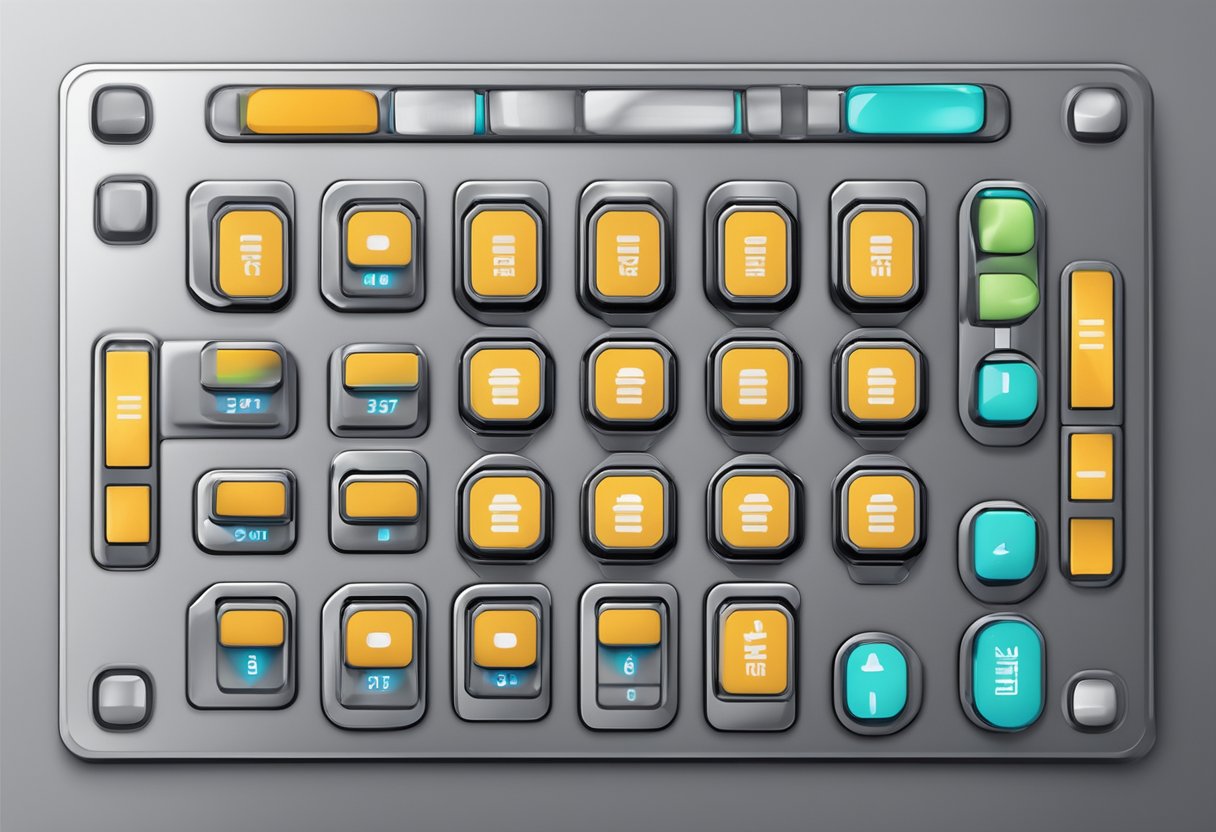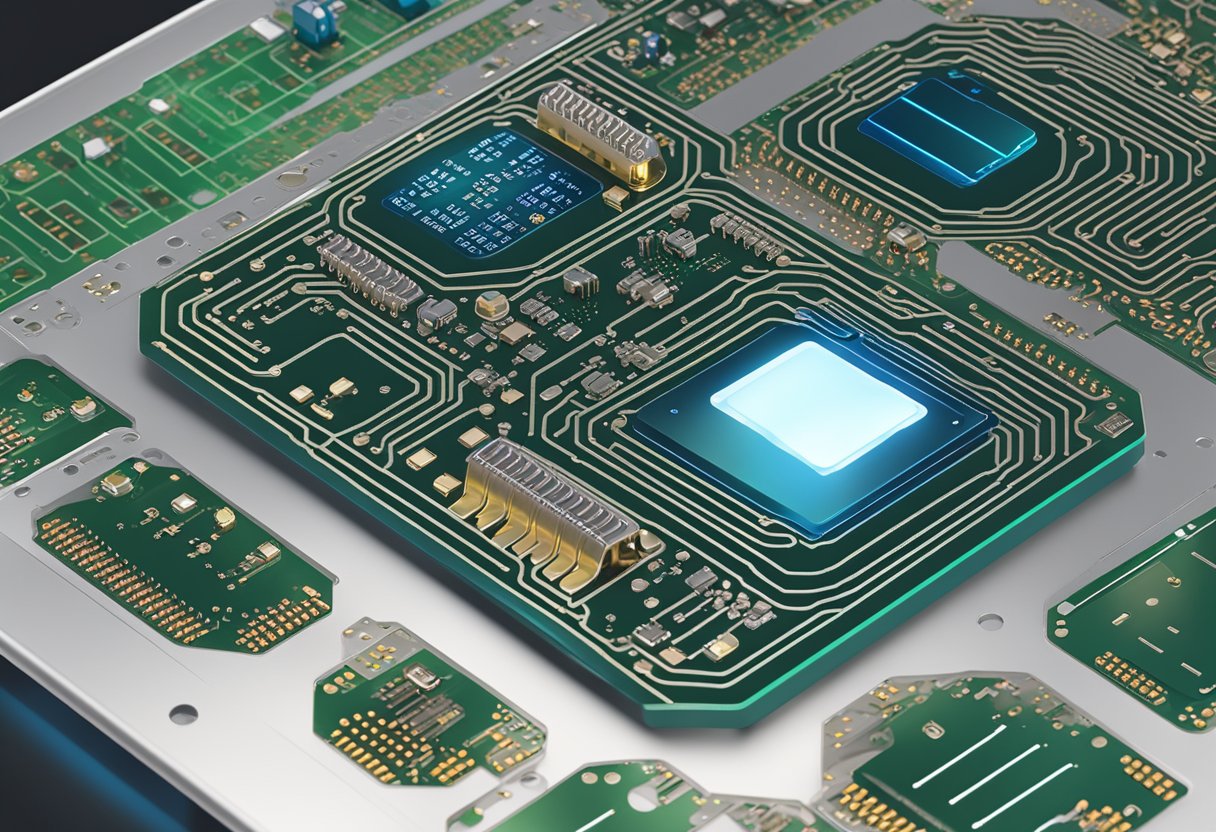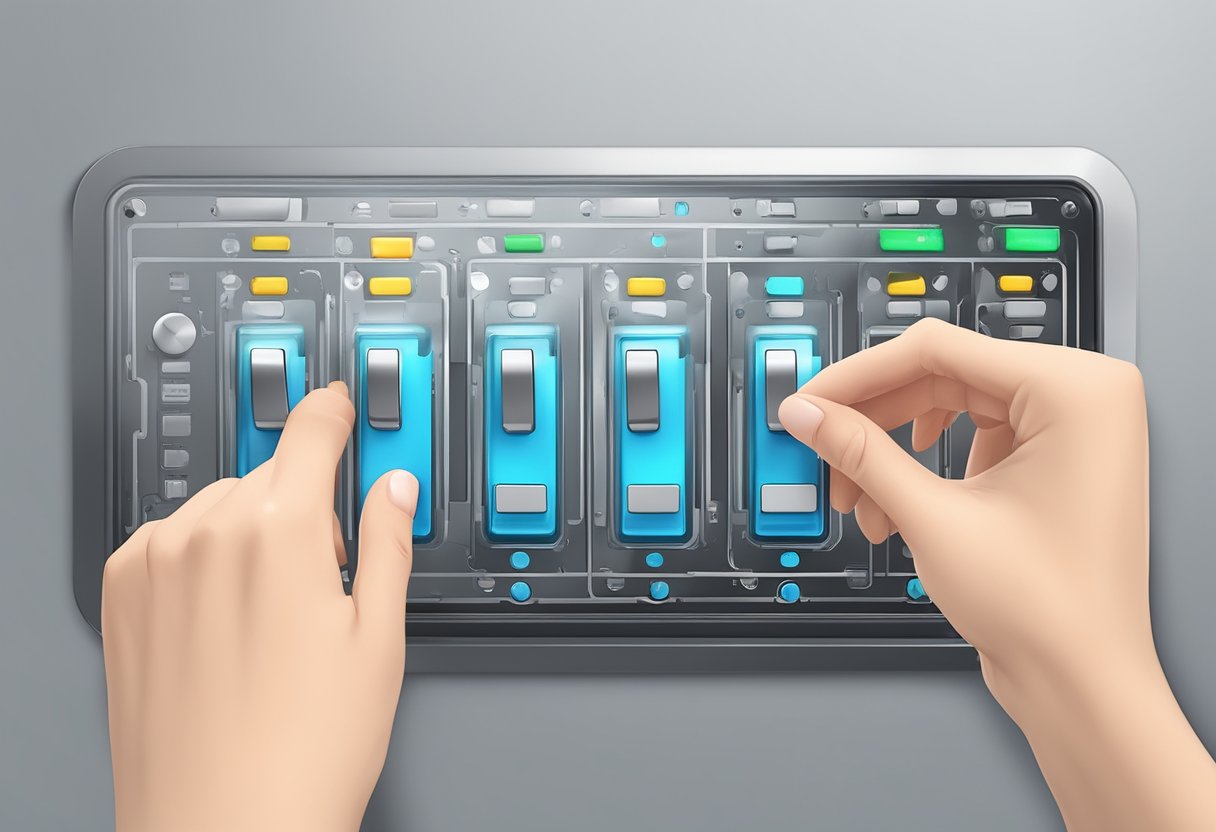Contact
Write to Us And We Would Be Happy to Advise You.
Do you have any questions, or would you like to speak directly with a representative?
By peter
If you’re looking for a reliable and durable switch for your electronic device, then a metal dome membrane switch might be the perfect solution for you. A metal dome membrane switch is a type of switch that is commonly used in electronic devices such as remote controls, calculators, and keyboards. It is a type of tactile switch that provides feedback to the user when pressed.

The metal dome membrane switch is made up of several layers of materials, including a metal dome, a spacer layer, and a circuit layer. The metal dome is the top layer of the switch and is responsible for providing tactile feedback when pressed. The spacer layer is located below the metal dome and is used to separate the metal dome from the circuit layer. The circuit layer is the bottom layer of the switch and is responsible for conducting electricity when the switch is pressed.
The metal dome membrane switch is a popular choice for electronic devices because it is durable, reliable, and provides tactile feedback to the user. Additionally, it is easy to manufacture and can be customized to fit the specific needs of your device. Overall, if you’re looking for a switch that is both reliable and provides a good user experience, then a metal dome membrane switch might be the perfect choice for you.

Metal dome membrane switches are a type of switch that uses a metal dome to provide tactile feedback. These switches are commonly used in a variety of electronic devices, including remote controls, medical equipment, and industrial controls.
A metal dome membrane switch consists of several components, including:
Metal dome membrane switches work by using the metal dome to complete a circuit. When the switch is pressed, the metal dome collapses and makes contact with the circuitry on the top layer of the switch. This completes the circuit and sends a signal to the device.
Metal dome membrane switches are popular because they provide tactile feedback, which makes them easier to use. They are also durable and can withstand millions of actuations. Additionally, metal dome membrane switches are easy to customize and can be designed to fit a variety of applications.
Overall, metal dome membrane switches are a reliable and cost-effective solution for many electronic devices.

When designing a metal dome membrane switch, there are several important considerations to keep in mind. These include material selection, dome size and shape, and actuation force.
The choice of materials for a metal dome membrane switch is critical to ensuring its durability and performance. The most common materials used for the switch layers include polyester, polycarbonate, and polyimide. These materials offer excellent resistance to wear and tear, as well as good chemical resistance.
For the metal domes themselves, stainless steel is the most commonly used material due to its high strength and corrosion resistance. However, other metals such as nickel, copper, and gold can also be used depending on the specific application requirements.
The size and shape of the metal domes used in a membrane switch can have a significant impact on its tactile feel and actuation force. Typically, domes are available in circular or oblong shapes, with diameters ranging from 11.2mm to 25.0mm.
The choice of dome size and shape will depend on the specific application requirements, including the desired actuation force and tactile feel. For example, larger domes may provide a more pronounced tactile response, while smaller domes may require less actuation force.
The actuation force required to activate a metal dome membrane switch is a critical consideration in its design. This force is determined by the size and shape of the metal dome, as well as the thickness and stiffness of the switch layers.
When designing a membrane switch, it is important to consider the actuation force required to ensure that it is within the desired range. This will depend on the specific application requirements, including the user’s capabilities and the desired tactile feel.
In summary, when designing a metal dome membrane switch, it is important to carefully consider the materials used, the size and shape of the metal domes, and the required actuation force. By taking these factors into account, you can ensure that your membrane switch will provide reliable performance and a satisfying user experience.
When it comes to manufacturing metal dome membrane switches, there are several key processes involved. These processes include dome formation, circuit layer production, and assembly. Let’s take a closer look at each of these processes:
The first step in manufacturing metal dome membrane switches is to form the metal domes themselves. This is typically done by stamping a sheet of metal with a specialized tool that creates the desired dome shape. The metal used for the domes is usually stainless steel, which is known for its durability and resistance to corrosion.
Once the metal domes have been formed, the next step is to create the circuit layer that will be used in the membrane switch. This is typically done by printing a conductive ink onto a flexible substrate, such as polyester or polyimide. The circuit layer is designed to be flexible so that it can be bent and shaped to fit the specific requirements of the membrane switch.
The final step in manufacturing metal dome membrane switches is to assemble all of the components together. This typically involves placing the circuit layer onto a spacer layer, which helps to maintain the correct spacing between the circuit layer and the metal domes. The metal domes are then placed onto the circuit layer, and a top layer is added to protect the switch from environmental factors such as moisture and dust.
Overall, the manufacturing processes involved in creating metal dome membrane switches are complex and require a high level of precision and expertise. However, by following these processes carefully, manufacturers can create switches that are reliable, durable, and capable of providing excellent tactile feedback to users.
Metal dome membrane switches are versatile and can be used in a wide range of applications. Here are some common applications where metal dome membrane switches are used:
In the consumer electronics industry, metal dome membrane switches are used in devices such as remote controls, gaming consoles, and mobile phones. These switches provide a tactile feedback that enhances the user experience. The switches are designed to withstand heavy use and provide reliable performance.
Metal dome membrane switches are also used in medical devices such as diagnostic equipment, patient monitoring systems, and infusion pumps. These switches are designed to be easy to clean and disinfect, making them ideal for use in medical environments. The switches are also designed to meet the strict regulatory requirements of the medical industry.
In the industrial controls industry, metal dome membrane switches are used in equipment such as machinery controls, process control systems, and instrumentation panels. These switches are designed to withstand harsh environments and provide reliable performance in demanding applications. The switches are also designed to be easy to use and provide a tactile feedback that enhances operator productivity.
Metal dome membrane switches are used in a variety of other applications as well, including automotive controls, aerospace instrumentation, and military equipment. With their versatility and reliability, metal dome membrane switches are an ideal choice for a wide range of applications.
One of the key advantages of metal dome membrane switches is their durability. The metal domes themselves are made from high-quality materials, such as stainless steel, which can withstand repeated use without losing their tactile properties. This makes them ideal for use in applications that require frequent or heavy use, such as industrial control panels or medical devices.
Another advantage of metal dome membrane switches is their cost-effectiveness. Compared to other types of switches, such as mechanical switches, metal dome switches are relatively inexpensive to produce. This makes them an attractive option for manufacturers who need to keep costs down while still delivering high-quality products.
Metal dome membrane switches also offer excellent sensitivity and feedback. The metal domes provide a tactile response when pressed, which helps users confirm that their input has been registered. This is particularly important in applications where accuracy is critical, such as in medical or scientific equipment.
However, there are also some limitations to consider when using metal dome membrane switches. For example, they may not be suitable for applications that require very low actuation forces, as metal domes typically require a minimum force to activate. Additionally, metal dome switches may not be as customizable as other types of switches, as they are generally produced in standard sizes and shapes.
Overall, metal dome membrane switches offer a number of advantages in terms of durability, cost-effectiveness, and sensitivity and feedback. However, it’s important to carefully consider your specific application needs and requirements when choosing a switch type.
Do you have any questions, or would you like to speak directly with a representative?